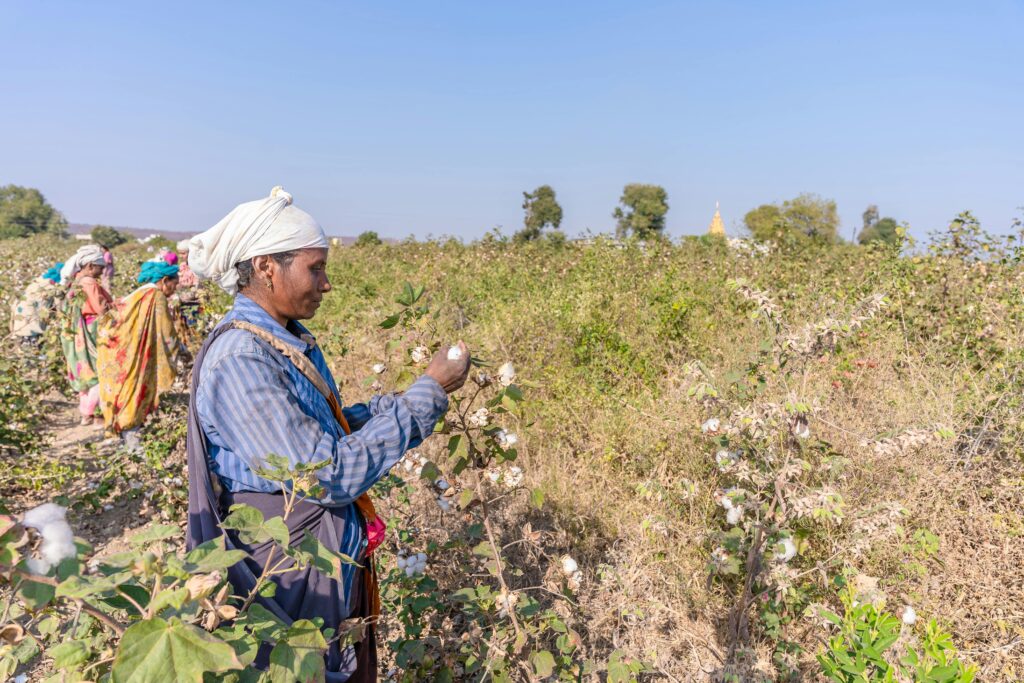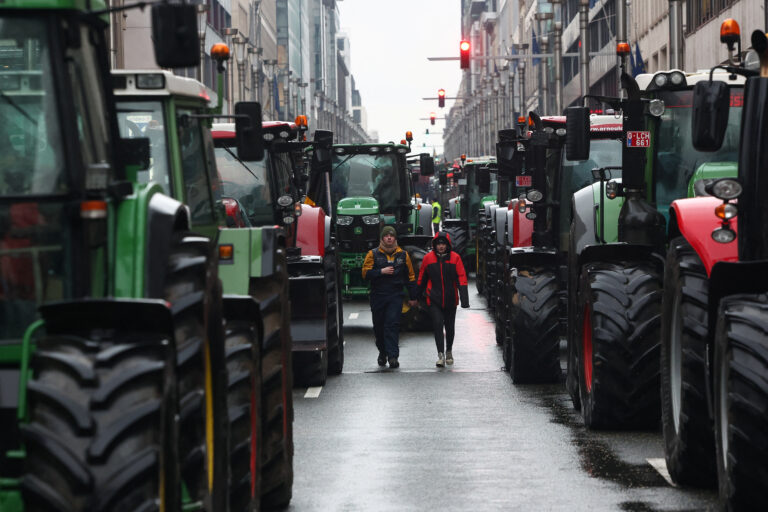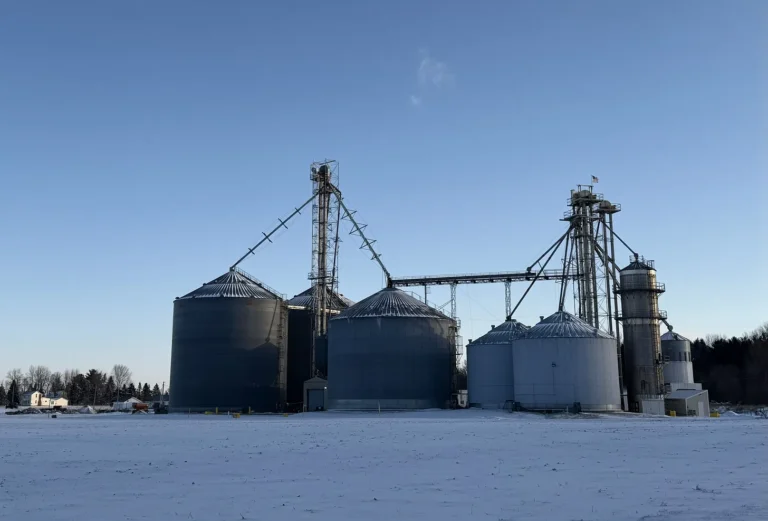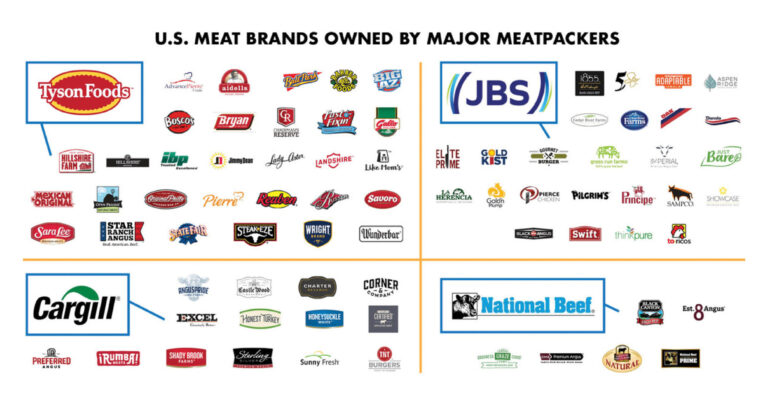Seeds of collapse: How GMO cotton betrayed India’s farmers
In India, genetically engineered ‘BT’ cotton was introduced in 2002 to reduce pests and boost yields.
But recent research shows that many farmers now face stagnant yields, escalating seed and pesticide costs, and increasing damage from secondary pests. Resistance to toxins and rising expenses have trapped farmers in a cycle of dependency and debt.
Independent agroecological analyses argue the technology has become a burden, not a benefit — and say similar GMO rollouts in developing regions should proceed only with extreme caution.
https://www.globalresearch.ca/bt-cotton-india-catastrophic-failure/5895200
Bt Cotton in India Is a Monumental Catastrophic Failure
On 9 July 2025, Union Agriculture Minister Shri Shivraj Singh Chouhan announced a meeting to discuss cotton production in India. He invited suggestions from farmers to enhance cotton productivity.
In a video message, he stated:
“The productivity of cotton in our country is currently quite low. In recent times, the productivity has declined further due to the TSV virus affecting BT cotton. Cotton production is declining rapidly, putting our farmers in acute distress. It is our resolve to increase cotton production while reducing input costs as we aim to develop climate-resilient, high-quality seeds that can withstand viral attacks.
“To address this issue, we have convened a meeting on July 11, 2025, at 10 am in Coimbatore. This meeting will include representatives of cotton-growing farmers, farmer organisations, renowned scientists from Indian Council of Agricultural Research (including the Director General of ICAR), agriculture ministers from cotton-producing states, state government officials, representatives from the cotton industry, and agricultural university experts.
“My dear sisters and brothers, we are deeply engaged in finding ways to improve both the productivity and quality of cotton. If you have any suggestions on this matter, please call and share them on our toll-free number: 18001801551. I will consider your suggestions with utmost seriousness, and together, we will prepare a comprehensive roadmap to enhance cotton production in our country.”
In response, Aruna Rodriques, Lead Petitioner in the Supreme Court for a moratorium on GMOs, asked Professor Andrew Paul Gutierrez to write to the minister.
The professor begins by stating that he has no vested interests in the cotton industry and is not an ‘anti-GMO activist’.
Gutierrez is a biologist with more than 40 years of experience in cotton research globally and says he has studied Indian cotton production intensely over the past ten years because he was alarmed by the low yields and the massive number of farmer suicides.
Below is Gutierrez’s perspective on the problems and proposed solutions as presented to the minister (with my highlights in bold).
Problems
1. The major problem appears to be collusion between the seed companies and the Regulatory and research establishment in India leading to detrimental effects on farmer welfare (e.g., hybrid cotton, GMO Bt hybrid cotton, sub optimal low planting densities, low yields, and suicides due).
2. Hybrid cotton is extremely expensive and unique to India leading to sub optimal planting densities due to high seed costs. Hybrid cotton was implemented with false promises of increased quality and yield, and while fertile, the saved hybrid cotton seed produces highly variable cotton and hence the seed is not replanted. Hybrid cotton in India is an industry value capture mechanism that traps millions of farmers and saves the seed companies from having to pursue intellectual property rights violations in court against millions of small farmers. In contrast, fully fertile open pollinated varieties are grown globally, but farmers replanting save seed makes them liable to expensive litigation that in most cases is not possible in India due to small farm size (value).
3. Before 2002 and the introduction of Bt hybrid cotton, outbreaks of pink bollworm (PBW) and American bollworm (ABW) resulted from industry marketing of insecticides that induced ecological disruption, insecticide resistance, and massive outbreaks of the highly damaging American bollworm. The genetic insertion of Bt genes in hybrid cotton for control of cotton pest was proposed as a solution to ABW and PBW that are native to India. But now hybrid Bt cotton has failed in India for many reasons (below).
4. Pink bollworm is the major pest and resistance to current hybrid Bt constructs is high across India, and insecticide use has increased with associate disruption resulting in still newer induced pests (whitefly, jassids, mites, etc.) and continued low yields. Resistance to Bt toxins in pink bollworm is rampant because the small farm cropping system in India does not allow for refuges for preserving susceptibility to the toxins – refuges are a stop gap mechanism at best designed to delay resistance development.
5. The widespread adoption of hybrid cotton has led to the loss of native cotton varieties adapted to local conditions over hundreds of years.
Potential solutions
1. End adverse seed industry influence on cotton research and reward Indian scientists for on field solutions beneficial to all cotton farmers. Develop industry free extension services.
2. End hybrid cotton production and adopt low cost open pure line pollinated short season varieties.
3. The use of short-season high density plantings of open pollinated cottons in rain-fed and irrigated cotton should be developed that avoid PBW infestations.
4. Field variety x density trials should be conducted for non-hybrid Desi and non-native varieties that could double yields (e.g., see fig. below) and reduce insecticide use.
.
.
5. Weather driven computer system models should be developed to aid in crop production and pest management strategy assessment – some are available.
6. Bt cottons could be implemented in straight open pollinated varieties and allowed to compete with other strategies 4 and 5 above. Likely, the GMOs would fail.
7. Tube well ground water depletion should end – it will be needed to cope with climate change. I hope these insights are useful. My WhatsApp number is 1 510 759 5342 if you wish to contact me further on these matters. My apology for any typos.
See also Hybrid Bt cotton is failing in India: cautions for Africa by Professor Andrew Paul Gutierrez et al.

Bayer’s Colonial Fantasy: When Empire Wears a Lab Coat
Bayer doesn’t sell seeds. It sells obedience.
Wrapped in the language of innovation, Bayer’s model is a closed loop: proprietary seeds that require proprietary herbicides, bundled with digital advisories and ‘climate-smart’ branding. It’s not a product—it’s a protocol. And once adopted, it’s hard to leave.
In India, Bayer’s footprint is vast. Through its Crop Science division, it reaches over 30 million smallholder farmers, offering “integrated farm solutions” that promise higher yields, better incomes and resilience in the face of climate change. But these solutions are not neutral. They are engineered dependencies designed to boost margins.
The company’s flagship offerings—herbicide-tolerant cotton (pending), hybrid maize and bundled input packages—reshape farming from the ground up. Seeds are no longer saved. Weeds are no longer managed through rotation or intercropping but chemically suppressed. The farmer becomes a client, not a cultivator.
And the consequences ripple outward.
Karnal, Haryana — Based on a 2023 field report by Focus on the Global South
In 2021, a number of smallholder farmers in Karnal, Haryana enrolled in Bayer’s pilot “integrated farm solution” programme. According to a detailed case study published by Focus on the Global South, these farmers were encouraged to adopt a bundled package: proprietary seeds, herbicides, digital advisories and yield-linked input support. The pitch was familiar—higher returns, smarter farming, reduced risk.
What followed, however, was a slow tightening of dependence.
The contracts offered no price guarantees. The inputs locked farmers into Bayer’s ecosystem. And when rainfall patterns shifted or pests outpaced the prescribed treatment schedules, the consequences landed squarely on the farmer. Several were left with crop failures, mounting debts to local dealers and no clear recourse.
One farmer, unnamed in the report, attempted to return to traditional cropping methods the following season. But the soil chemistry had changed. So had the weeds. Bayer’s package had done more than restructure the farm—it had reshaped the terms of farming itself.
This is not an isolated case. Across India, Bayer’s model is reshaping cropping patterns, narrowing biodiversity and undermining agroecological knowledge. Illegal herbicide-tolerant cotton (not Bayer’s it must be stated, but Bayer has applied to release HT cotton in India and the decision is pending), for instance, has led to the decline of intercropping systems that once supported food security and soil health. Farmers who once grew pulses alongside cotton now find those crops suppressed by the same chemicals that promise ‘weed control’.
Bayer says India’s agriculture is “backward”. In doing so, it implies indigenous agriculture based on thousands of years of knowledge is deficient and in need of ‘developing’. And the state is complicit.
Through public-private partnerships, Bayer has embedded itself in India’s agricultural institutions. It collaborates with the Indian Council of Agricultural Research (ICAR), state agricultural universities and government extension programs. It co-authors the script of ‘modern farming’, then sells the tools to follow it. The result is a policy environment where alternatives—seed saving, organic methods, agroecology—are framed as backward or inefficient.
This is not just market capture. It’s epistemic capture.
Bayer’s digital platforms, like FarmRise, offer ‘advisories’ that appear neutral but are calibrated to reinforce its own input regimes. A farmer receiving a pesticide recommendation is rarely told that the advisory is linked to the same firm that sells the chemical. The boundary between advice and advertisement disappears.
And once inside the system, the farmer’s choices narrow. The seed requires the herbicide. The herbicide requires the advisory. The advisory requires the app. And the app requires the farmer to become a data subject—scored, tracked and nudged.
This is enclosure by design.
The Green Revolution was never just about yield—it was about control. Bayer’s model is its digital descendant. It replaces the commons with contracts, the seed bank with a barcode and the farmer’s knowledge with a dashboard.
And it does so with a smile.
The language is always benevolent: empowerment, resilience, climate smart. But the outcomes are measurable: declining soil health, rising input costs and a quiet erosion of autonomy. The farmer is no longer the author of their practice. They are the endpoint of a supply chain—optimised, standardised and, ultimately, disposable.
This is not innovation. It’s corporate imperialism with a lab coat.
And it’s not just about Bayer. It’s about the system that rewards this model—where policy is shaped by those who profit from its consequences, and where the future of farming is written not in soil, but in code.
The question is not whether Bayer’s model works. It does—on its own terms. The question is: for whom?
*
The above article is taken from Colin Todhunter’s new open-access book Digital Harvest: Unmasking the Corporate Enclosure of Food, which can be read or downloaded here.
Renowned author Colin Todhunter specialises in development, food and agriculture. He is a Research Associate of the Centre for Research on Globalization (CRG). He is the author of the following books:
Power Play: The Future of Food
Sickening Profits: The Global Food System’s Poisoned Food and Toxic Wealth
Food, Dispossession and Dependency. Resisting the New World Order







